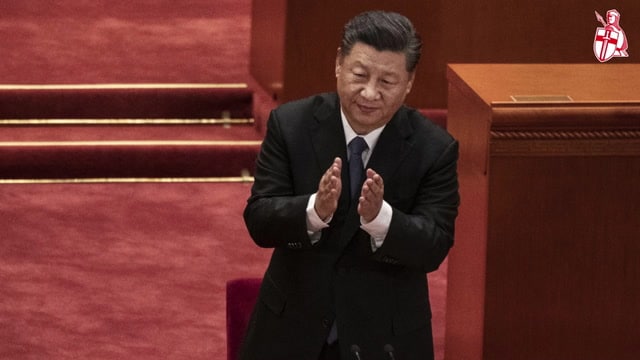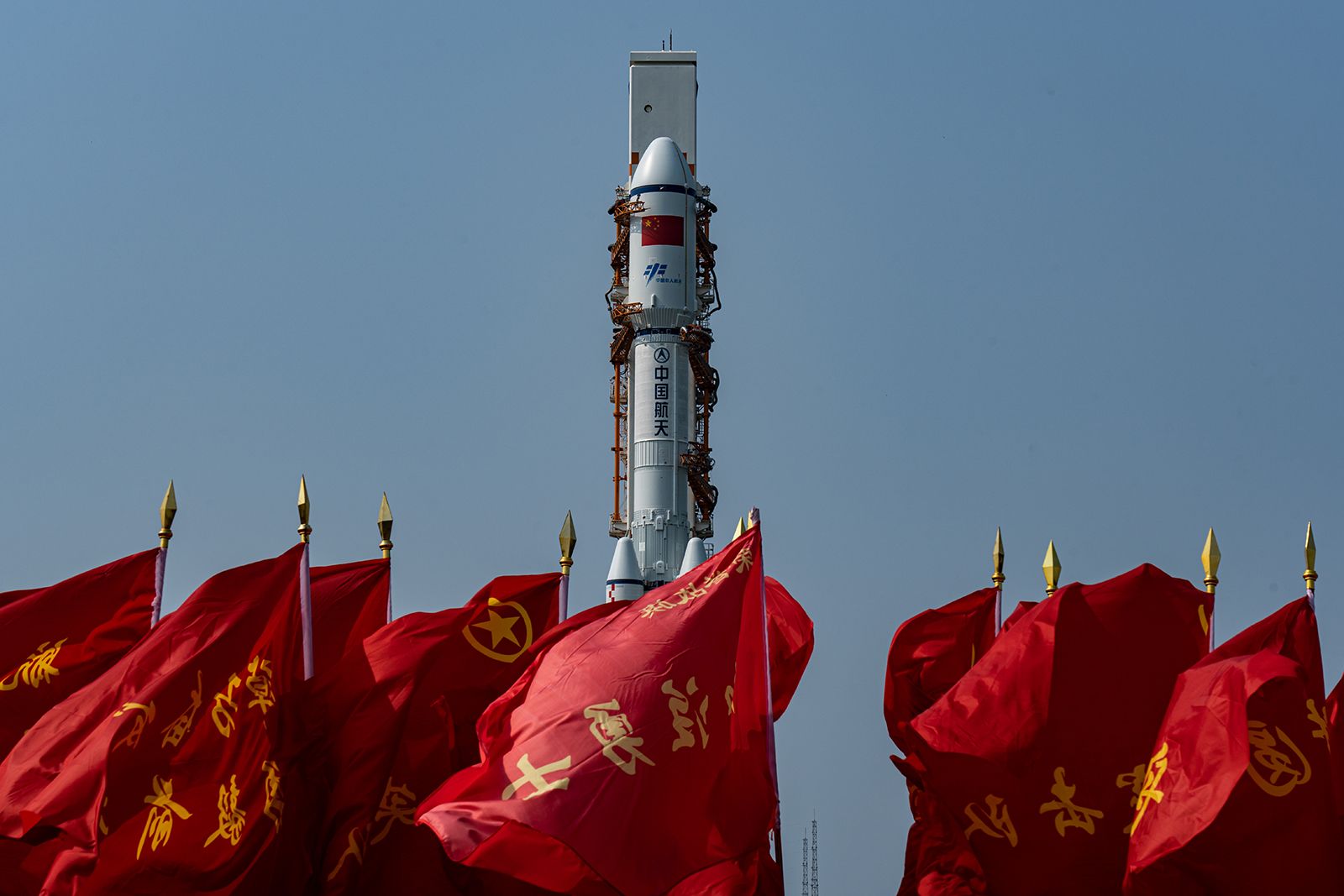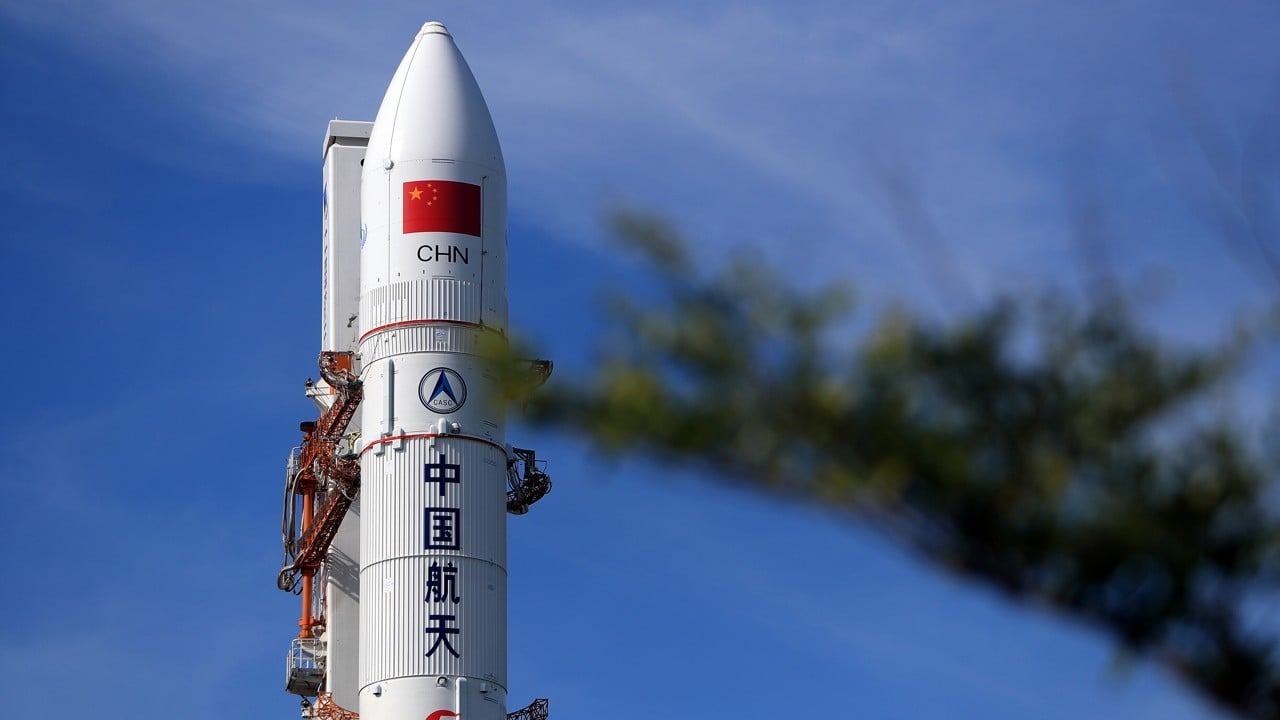China has dismissed a prominent rocket scientist from its highest political advisory body, the latest hint of a broader purging of the Chinese military’s missile force and aerospace companies.
Wang Xiaojun was withdrawn from the Chinese People’s Political Consultative Conference (CPPCC) at a meeting in Beijing on Monday, less than a year after being designated a member, according to state news agency Xinhua, without reason.
Wang, 54, previously managed the China Academy of Launch Vehicle Technology (CALT), a famous state-run institute regarded as the home of China’s aerospace sector.
According to its official website, the CALT prides itself on being the nation’s “oldest and largest base for the development, testing, and production of missile weapons and launch vehicles.”
China Ousts Top Rocket Scientist From Key Political Body In Widening Military Purge
Wang spent over three decades designing rockets at CALT, a division of the state-owned China Aerospace Science and Technology Corporation, the primary contractor for China’s space programme.
Wang’s removal from the top political body is the most recent shakeup in China’s military-industrial complex. In December, three aerospace executives, including the chairman of China Aerospace Science and Technology Corporation, were removed from their positions in the CPPCC.
Two days later, nine high-ranking People’s Liberation Army officers were removed from the country’s top legislative body. Five of them are tied to the Rocket Force, an elite division established by Chinese President Xi Jinping to oversee the development of the country’s nuclear and ballistic missiles.
No reason was given for the December expulsions, but experts who have long studied China’s military believe a corruption purge is the most likely cause – possibly over the procurement and development of equipment for the Rocket Force, a highly secretive and lucrative field with billions of dollars in funding that makes it ripe for graft.
China Ousts Top Rocket Scientist From Key Political Body In Widening Military Purge
In July, without explanation, the Rocket Force immediately removed its two leaders, the commander and the political commissar.
137 students directly trained for the People’s Liberation Army (PLA) Rocket Force attended a see-off ceremony at Fuyang Institute of Technology before departing for barracks on December 26, 2021, in Fuyang, Anhui Province, China.
Related Article
Xi’s newest purge targets the military. Why have powerful generals fallen out of favour?
Wang, who joined the CPPCC only in January of last year, is best known for spearheading the construction of the Long March 7, a new-generation rocket meant to transport cargo spacecraft to China’s Tiangong space station.
In a glowing biography published in 2016, Xinhua stated that Wang “made important contributions to the success of our country’s first manned space flight and the realisation of the Chinese nation’s thousand-year dream of flying to space.” He also got several state prizes, according to the newspaper.
In February of last year, Wang wrote an article in the People’s Daily, the ruling Communist Party’s flagship mouthpiece, praising Xi for his “important strategic plans” to expedite efforts to transform China into “a powerful aerospace nation.”
Xi’s words “point out the way forward for our country’s aerospace science and technology to achieve high-level self-reliance,” Wang wrote in an email.
China Ousts Top Rocket Scientist From Key Political Body In Widening Military Purge
According to the CALT’s website, the scientist’s most recent public appearance occurred in June, when he visited the southern province of Hunan and met with top provincial authorities to discuss cooperation.
Wang has since been removed as CALT’s Director.
The CALT was founded in 1957, and its first director was Qian Xuesen, a national hero renowned as the father of China’s missile and space programmes. Under Qian, it developed China’s first ballistic missile, the Dongfeng-1, based on a Soviet short-range missile and successfully tested in 1960.
SOURCE – (CNN)











